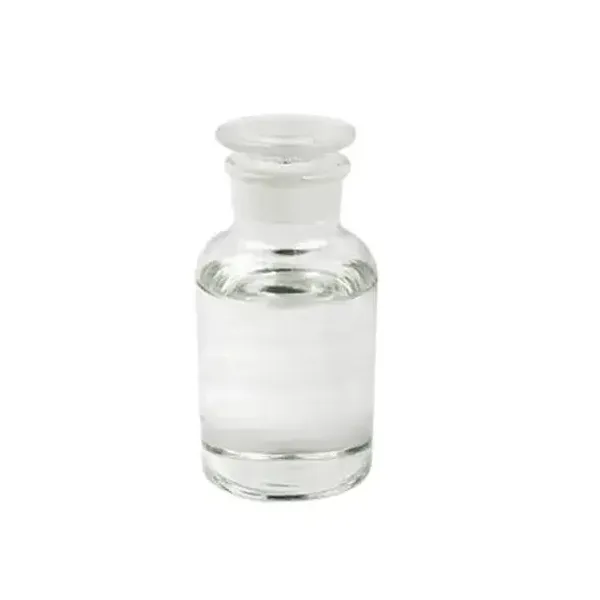Warning: Undefined array key "title" in /home/www/wwwroot/HTML/www.exportstart.com/wp-content/themes/1198/header.php on line 6
Warning: Undefined array key "file" in /home/www/wwwroot/HTML/www.exportstart.com/wp-content/themes/1198/header.php on line 7
Warning: Undefined array key "title" in /home/www/wwwroot/HTML/www.exportstart.com/wp-content/themes/1198/header.php on line 7
Warning: Undefined array key "title" in /home/www/wwwroot/HTML/www.exportstart.com/wp-content/themes/1198/header.php on line 7
- Afrikaans
- Albanian
- Amharic
- Arabic
- Armenian
- Azerbaijani
- Basque
- Belarusian
- Bengali
- Bosnian
- Bulgarian
- Catalan
- Cebuano
- China
- China (Taiwan)
- Corsican
- Croatian
- Czech
- Danish
- Dutch
- English
- Esperanto
- Estonian
- Finnish
- French
- Frisian
- Galician
- Georgian
- German
- Greek
- Gujarati
- Haitian Creole
- hausa
- hawaiian
- Hebrew
- Hindi
- Miao
- Hungarian
- Icelandic
- igbo
- Indonesian
- irish
- Italian
- Japanese
- Javanese
- Kannada
- kazakh
- Khmer
- Rwandese
- Korean
- Kurdish
- Kyrgyz
- Lao
- Latin
- Latvian
- Lithuanian
- Luxembourgish
- Macedonian
- Malgashi
- Malay
- Malayalam
- Maltese
- Maori
- Marathi
- Mongolian
- Myanmar
- Nepali
- Norwegian
- Norwegian
- Occitan
- Pashto
- Persian
- Polish
- Portuguese
- Punjabi
- Romanian
- Russian
- Samoan
- Scottish Gaelic
- Serbian
- Sesotho
- Shona
- Sindhi
- Sinhala
- Slovak
- Slovenian
- Somali
- Spanish
- Sundanese
- Swahili
- Swedish
- Tagalog
- Tajik
- Tamil
- Tatar
- Telugu
- Thai
- Turkish
- Turkmen
- Ukrainian
- Urdu
- Uighur
- Uzbek
- Vietnamese
- Welsh
- Bantu
- Yiddish
- Yoruba
- Zulu
Dec . 04, 2024 07:23 Back to list
Where Does Xanthan Gum Originate and How is It Produced?
The Origins and Production of Xanthan Gum
Xanthan gum is a widely used food additive, renowned for its thickening and stabilizing properties in a variety of culinary products. This polysaccharide, produced by the fermentation of sugars, is primarily derived from the bacterium *Xanthomonas campestris*. Understanding the origins of xanthan gum involves exploring both its biological roots and the industrial processes that enable its production.
The Microbial Source
The name xanthan comes from the *Xanthomonas* genus of bacteria, which are known for their role in plant pathology. *Xanthomonas campestris*, specifically, is considered the primary species that produces xanthan gum. This bacterium typically infects cruciferous plants, such as cabbage and broccoli, leading to a condition known as black rot. While its effects on plants may be detrimental, the ability of *Xanthomonas campestris* to produce xanthan gum serves to protect the bacteria in the plant environment, creating a viscous gel that helps it thrive in various conditions.
Xanthan gum itself is composed of a chain of sugar molecules, with a repeating structure containing glucose, mannose, and glucuronic acid. The unique properties of xanthan gum arise from its molecular structure, which allows it to form a gel-like consistency when combined with water. This ability to create viscosity and stabilize emulsions makes it an essential ingredient in various food products.
Fermentation Process
The production of xanthan gum typically occurs through a fermentation process. This begins with cultivating *Xanthomonas campestris* in controlled conditions, using a nutrient-rich medium that includes carbohydrates. Common sources of these carbohydrates are corn syrup, molasses, or other sugars that the bacteria can metabolize.
xanthan gum come from

Once the bacteria have been cultivated, they are allowed to ferment under anaerobic conditions (without oxygen). During this fermentation period, the bacteria produce xanthan gum as a byproduct of their metabolism. The fermentation process can last several days, during which the environment is carefully monitored to optimize xanthan gum production.
After fermentation, the xanthan gum solution is concentrated, and the bacteria are removed through filtration. The resulting viscous solution is then purified, often involving processes such as precipitation and drying. The final product can be found in the form of powder or flakes, ready for use in various applications.
Applications in Food and Industry
Xanthan gum plays a crucial role in the food industry, where it is commonly used as a thickening agent in sauces, dressings, and desserts. Its ability to provide stability and prevent separation in emulsions makes it particularly valuable in products like salad dressings and mayonnaise. Xanthan gum is also gluten-free, making it an excellent alternative for thickening gluten-free recipes.
Beyond the food industry, xanthan gum is utilized in various other sectors. For instance, it has important applications in cosmetics, pharmaceuticals, and even oil drilling. In cosmetics, it functions as a stabilizer and thickening agent in creams and lotions. In the pharmaceutical industry, xanthan gum is used in formulations to enhance the viscosity and stability of liquid medications. Moreover, in oil drilling, it is employed as a viscosifier in drilling muds to facilitate the extraction of oil from the ground.
Conclusion
Xanthan gum is a remarkable product that originates from the fermentation of a specific bacterium, *Xanthomonas campestris*. Its unique properties and versatility make it an indispensable ingredient across various industries, particularly in food production. As we continue to explore the potential applications of xanthan gum, it remains a fascinating example of how microbiology can contribute to the modern food industry and beyond. Its journey from a plant-infesting bacterium to a key food additive illustrates the innovative intersection of nature and technology.
Latest news
-
Certifications for Vegetarian and Xanthan Gum Vegetarian
NewsJun.17,2025
-
Sustainability Trends Reshaping the SLES N70 Market
NewsJun.17,2025
-
Propylene Glycol Use in Vaccines: Balancing Function and Perception
NewsJun.17,2025
-
Petroleum Jelly in Skincare: Balancing Benefits and Backlash
NewsJun.17,2025
-
Energy Price Volatility and Ripple Effect on Caprolactam Markets
NewsJun.17,2025
-
Spectroscopic Techniques for Adipic Acid Molecular Weight
NewsJun.17,2025

